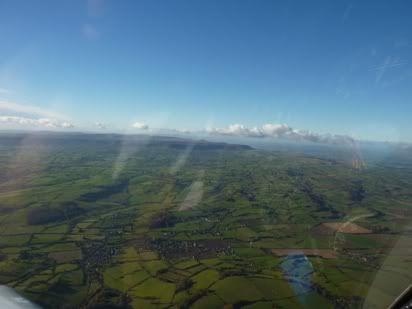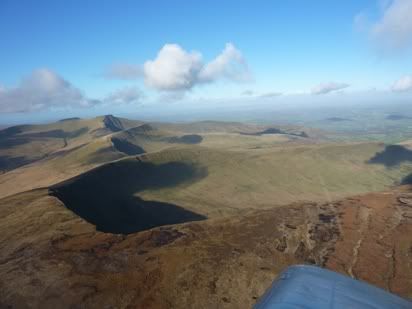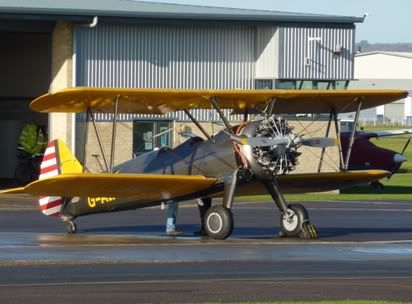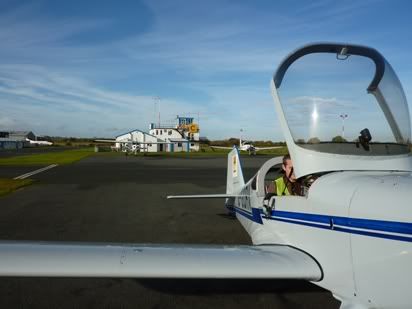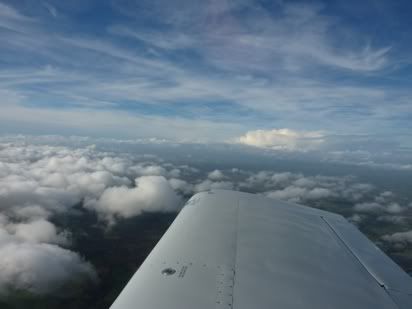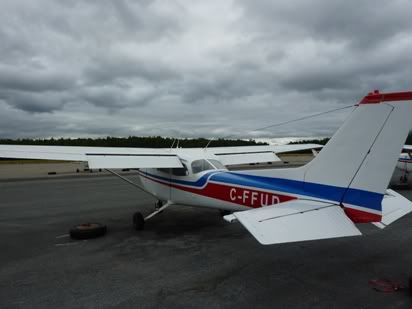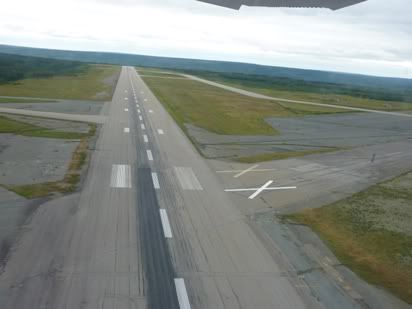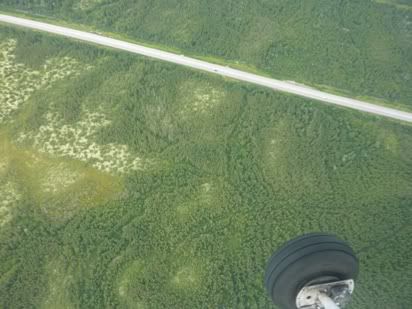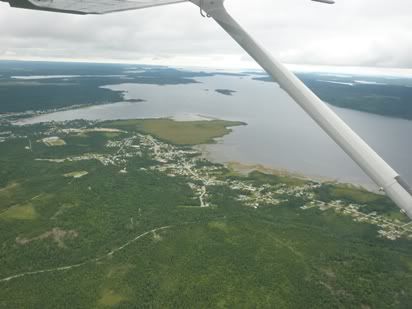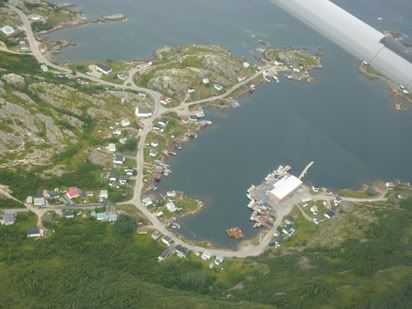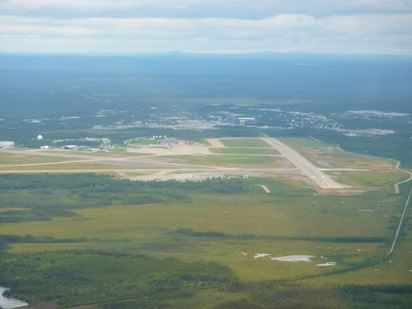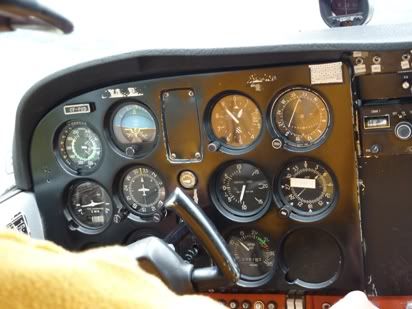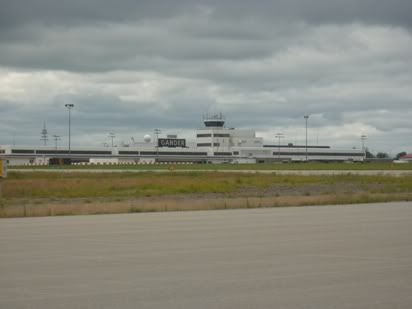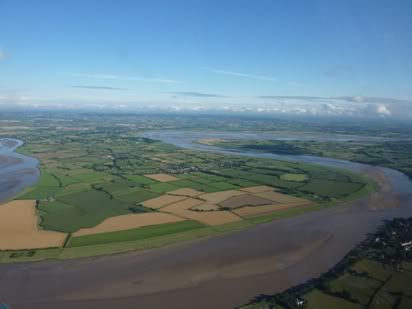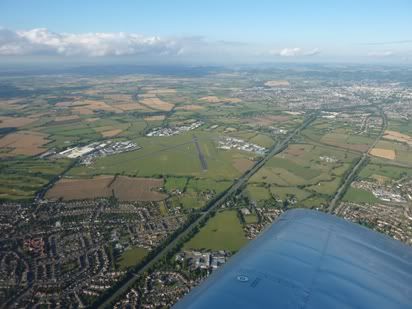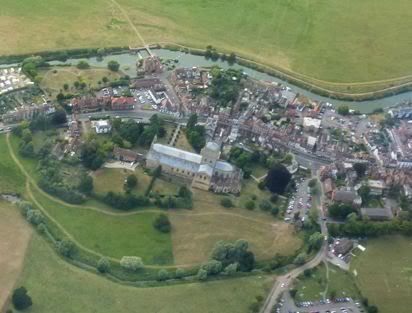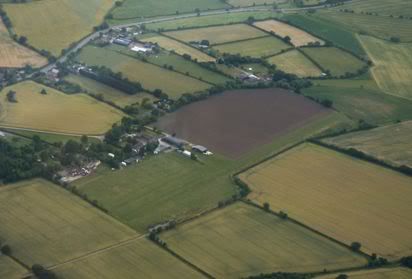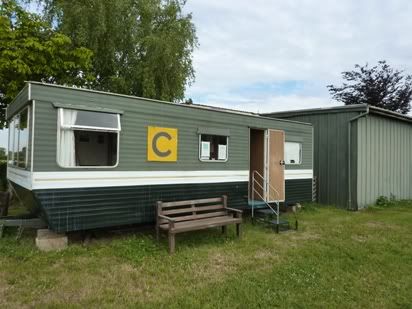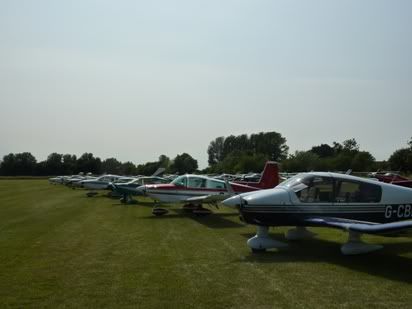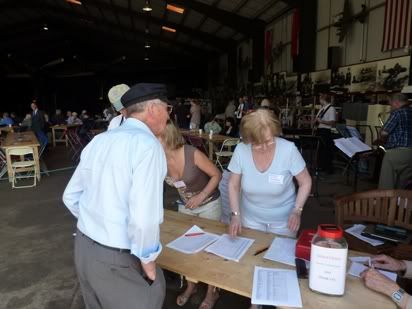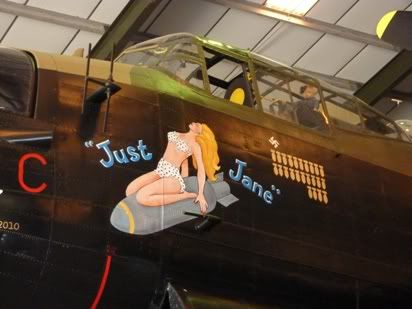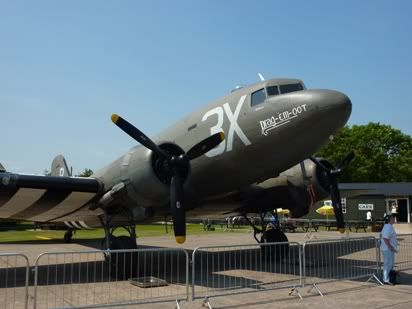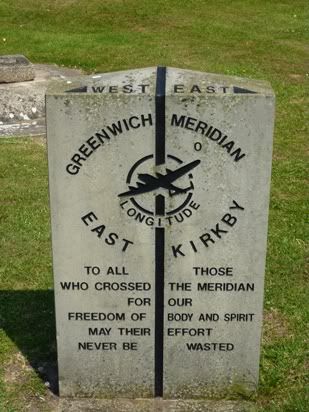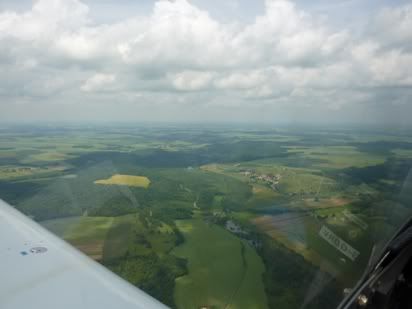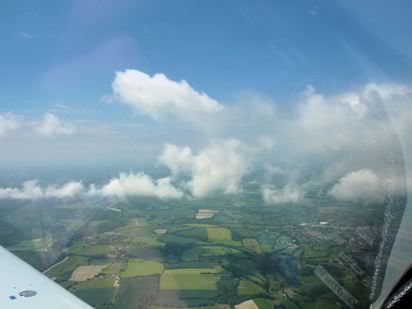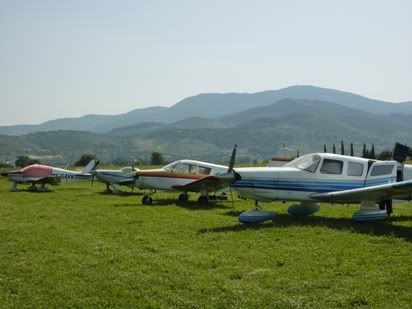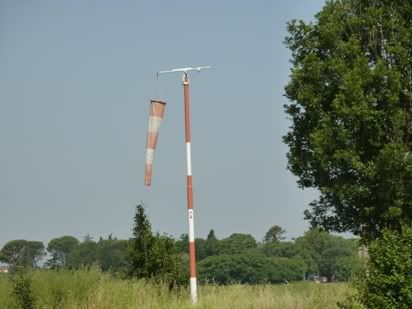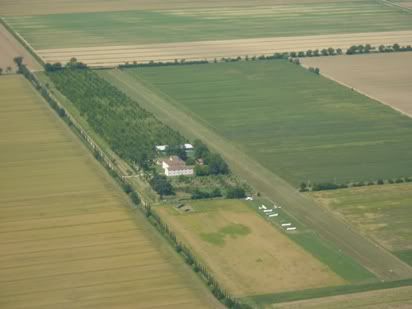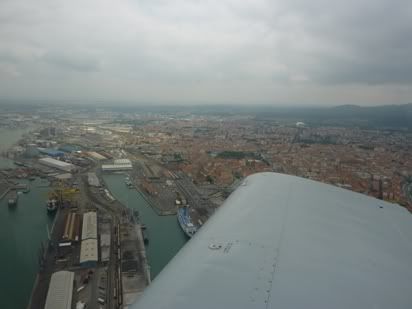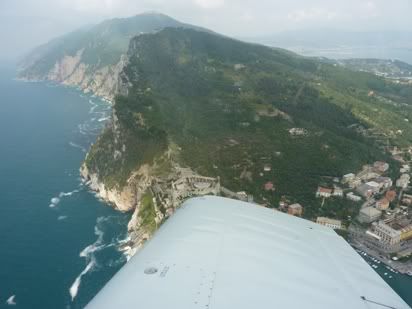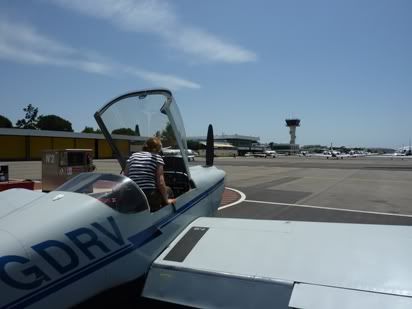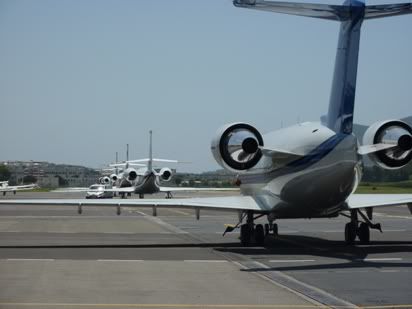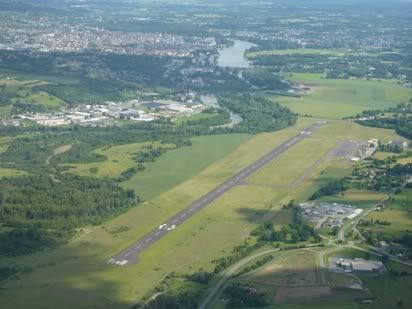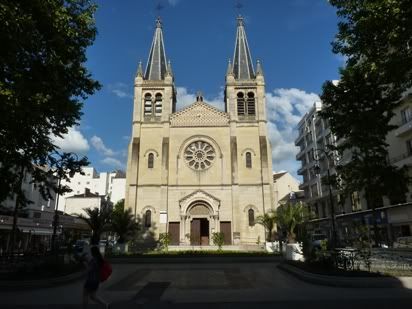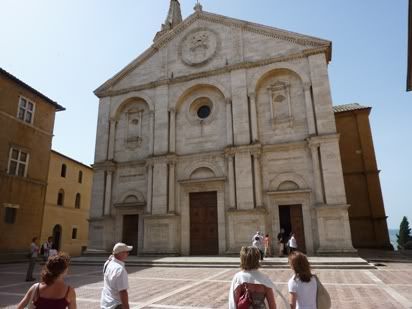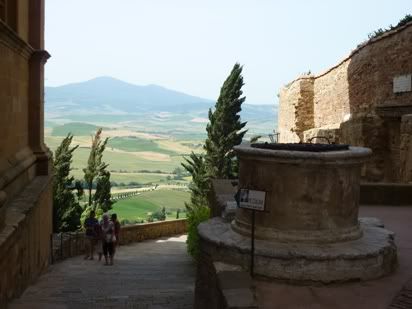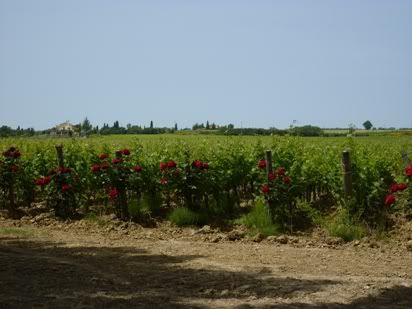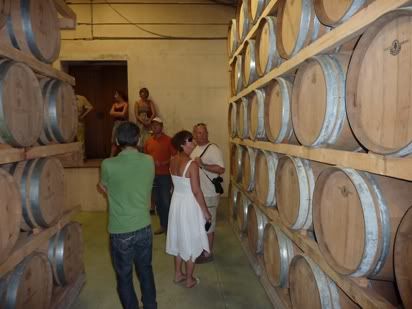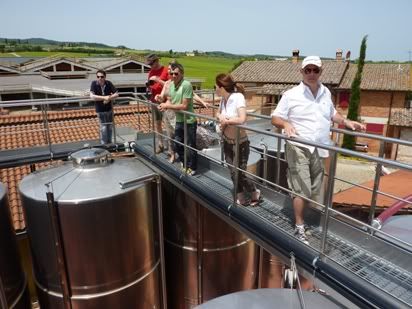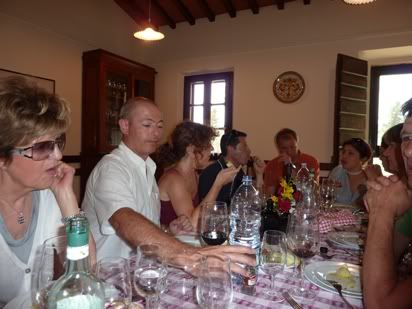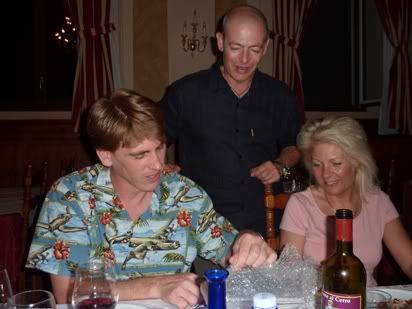I was out to the hangar and carried out the A-check in freezing conditions, literally -4 degrees, it would remain sub-zero all day. By the end of the check, my fingers had ceased to work, but I carried on and opened the hangar doors and carefully edged the plane out past the Cessna Citation jet parked where it makes the move the most difficult. It took me five attempts to get it past the jet so that the wingtip cleared the hangar door frame on one side and cleared under the wing of the jet on the other. So it was back into the clubhouse for a coffee and book out and give my fingers time to come back to life!
I climbed in and buttoned up. Fortunately, although it was so cold, the canopy didn’t mist up with my breath. The engine eventually caught at the fourth attempt and much priming. The ATIS was giving runway 09, the one furthest away. Having said that, probably not a bad idea as the taxi around would give the oil enough time to come up to the 40 degrees minimum we need for take off.
At the hold for C1 at 09 where I turned for my run up checks, I noticed two deeply gouged furrows in the turf to the right of the runway that went on for many metres and wondered what had made them, surely not an aircraft? The power checks were fine but the oil had still not come up to temperature. I pulled up to the hold and watched the oil temperature count off until it was right, then called ready for departure. The tower asked if I was ready for an immediate departure. I replied with a crisp ‘affirm’ and was given immediate clearance while another aircraft turned final.
Malvern Ridge from 4000' on a cold but very clear day - and no - none of these photographs are in any way photoshopped or 'improved', it really was that clear!
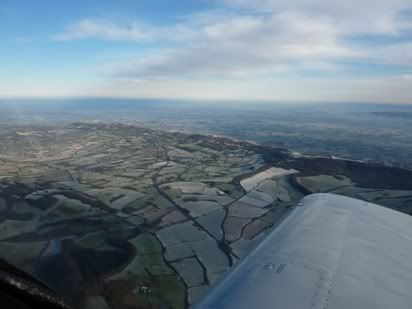
I was hopping along the runway in very short order, the aircraft performance even more sparking given the relatively light fuel load, only me on board and the very cold and therefore dense air. I climbed and made a left turnout heading for the Malverns. I levelled out at just over 4000’ and marvelled at the near unlimited visibility up here. Once I was past 2500’ I was out of the low murk, almost like getting n top of an inversion layer, once on top the vis was awesome. I could easily see the Welsh Hill in the distance with a dusting of snow on them.
Bredon Hill on a lovely cold day
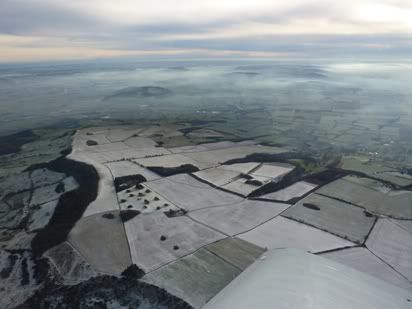
Basically, I just poodled about, cranked in a few steep turns for the hell of it and took several photographs, trying for various different effects. I also discovered that the heater is pretty ineffective, to the point that I tried switching it off thinking it might be warmer without the draft, I was wrong, but only just - the heating effect was marginal. I think my farts were heating the air inside the plane every bit as effectively! The Malverns looked lovely close up, then I set course to Bredon Hill and the Cotswolds around Winchcombe. I picked up the ATIS and headed back to Bredon Hill for my run back to the airport. I had heard a few aircraft calling for joining at Gloucester and formed a mental picture in my mind of where they were and roughly when they would arrive at the airport and delayed my call so that I would not add to a sudden knot of aircraft all arriving at once.
Looking south towards Gloucestershire on a very cold, clear day

I called and as usual was set for a standard overhead join for 09 and to report at three miles. I ran in to Gloucester and did my approach checks and descended to 2000’ on the QFE. At three miles I was told to report downwind. I dropped from 2000’ to 1000’ on the deadside descent and crossed the upwind numbers at 1000’ as normal. By the time I got my call in, it was late downwind and I could see the traffic I was following had just turned a long-ish final as I turned base. I was a bit high, so power off and let the airspeed bleed back to flap limiting speed, then crank on both stages of flap. I turned final with the traffic in front now on short-ish final. I was still high, so side-slipped some of that off. When I unwound from the side-slip, I called final, noting that the training aircraft in front was about to land pretty much on the numbers and would therefore not technically be clear at the far end of the runway by the time I wanted to touch down myself. I was relieved when the tower gave me a ‘land-after’ which I was happy to accept.
I rounded out probably a bit high, but no matter, I ‘felt’ the aircraft down to a sensible hold-off height and started to hold off. I don’t recall hearing the stall warner (although it was working fine on the pre-flight check), but then I knew I was light and the air was thick, so probably I was still flying, so I held off more. The wheels touched very lightly before I wanted them to, so held off some more. Before I knew it, I was down and on the wheels (wow, that was gentle!), and pulling the stick progressively all the way back to make sure the tailwheel was anchored onto the runway. Not that I needed to worry too much as there wasn’t the slightest breath of wind, but it is all good handling.
I didn’t think I landed that short, but it was a fair old trundle to the end of the runway for the exit at A2 and I was hoping that I wasn’t holding anyone up behind me.
I taxied in and shut down. As I jumped out to get the towbar, Steve Noudjiam trundled up in his world record breaking RV7 and gave me some sign language. I thought he was asking me to leave my plane where it was as he was behind me in the hangar. Strange, I thought he vacated that hangar a month ago. I wasn’t sure so indicated that I didn’t understand. He popped the canopy and said he was in the hangar for another month and it was OK, he would put my plane away after his as he wanted to run his engine for while as it hadn’t been used for over a month.
I was fine with that. I wandered into the hangar and did the paper work and shut the plane down properly. By the time I had finished flapping around and was headed back to the clubhouse, I heard Steve chop the power to his RV7, so I walked back as two of us putting the planes away past the Citation still making it tough was a good idea.
No sooner had we put his away and nearly put mine away, then the new member of our group appeared wanting to take the plane out. No problem, so we wheeled it out for him. When I booked, I was the only booking that day, but apparently he had seen my booking and thought he would take a slot right after me – good thinking, the engine is nice and warm and the A-check is done – why hadn’t I thought of that?
I stopped in the clubhouse for a coffee and a warm up. In conversation with a few people there, I discovered the secret of the deep ruts near runway 09. It turns out that they were made by G-EWHT, the ‘nice’ Cotswold Robin that I have flown aerobatics in. It turns out that it made a ‘heavy’ night landing off the runway, then banged up over the runway lip onto the runway and the pilot taxied it back in. By ‘heavy’, because the plane is aerobatic, it is equipped with a ‘G’ meter, the meter read -3 and +9! Given that it is maximum rated to +6, that was one hell of a heavy landing. I was surprised the wheels and legs were still on and not through the wings. However, all is not well as apparently there was creasing to the aircraft skin and it turns out that there is twisting to a couple of the ribs and the firewall. I wasn’t so much a heavy landing as a crash where the wheels and legs stayed on!
What a shame. The plane is due for an insurance company inspection on Monday but it wasn’t looking promising, get ready for an insurance write off of the nicest plane in the Cotswold fleet.
On the way home, I was thinking about the various aircraft I have flown and realised that five of the aircraft that I had now flown had been involved in various accident, two of them (if this one is) having to be written off. I hasten to add that I was present at only one of the accidents, where I was in the right hand seat as the non-handling pilot – so as Bart Simpson would say ‘It wasn’t me – you can’t prove it!’.
